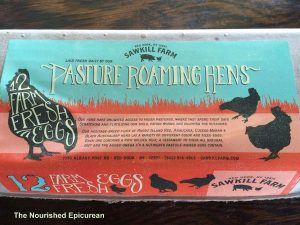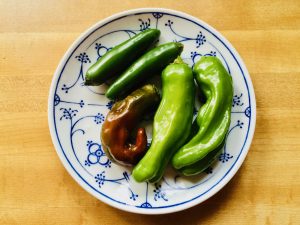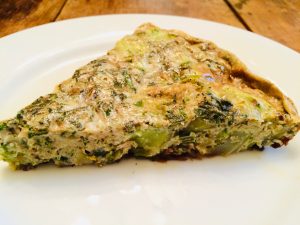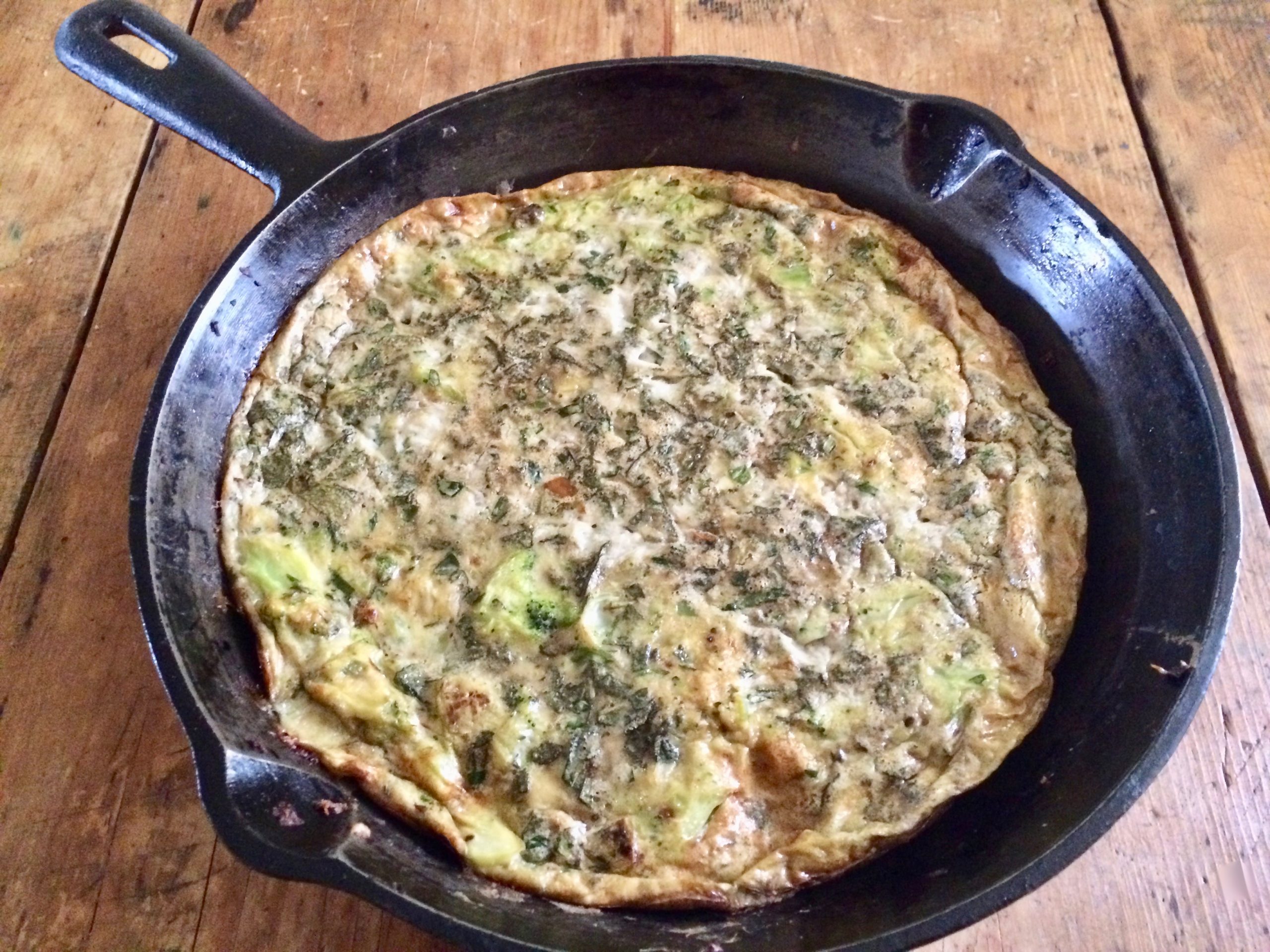When you’re short on time, you can always count on eggs for an easy-to-make (and wallet-friendly) meal. Eggs are a nutrient-dense food—considered both a high quality source of protein and a healthy “good” fat.
Dieters and health-minded eaters often favor egg whites for their protein. But don’t be so quick to chuck the yolks!
These yellow orbs also have protein (though not as much as the whites), and they are valuable source of fat-soluble vitamins A, D, E and K2 that contribute to optimal immune function—a boost you can use this time of year. Yolks also contain B vitamins (folate, B6 and B12); essential minerals (calcium, iron, zinc); and omega 3 fatty acids that are usable by the body.
When choosing eggs, quality matters. The hen’s quality of life—what she eats and whether or not she is allowed to move and have access to the outdoors—will affect the nutritional value of her eggs.
These days, you can find many different types of egg labeling in the supermarket, but the best choice—and a worthy splurge—is to buy pastured eggs.

When chickens are “pasture-raised”, this means that they are allowed to roam free, peck and scratch for plants and insects, in addition to feed.
Conventional egg-laying hens are typically crammed together—3 or 4 hens in one small battery cage, each stacked on top of each other—with severe restriction of movement, causing emotional duress to the birds. Personally, I would not want to eat the eggs of a chicken that had lived its entire life under severe stress—and absorb that energy into my body.
On the other hand, having visited Sawkill Farm, I have seen the chickens living the life they’re meant to live; they run free on pasture, peck and scratch for worms and grub—fertilizing the soils in reciprocity.
The quality of the eggs reflects their happy life: the yolks are large and deep yellow or orange; the whites are silky and plentiful.
On a busy weeknight, this easy-to-make frittata is a go-to dish. As peppers go, I’m not a fan of green bell peppers, but I love Japanese shishito peppers, which have been all the rage at farmers’ markets and market-driven restaurants the last couple of years. Roughly chopped, they add texture to the frittata. They’re mild-tasting (not hot), though every now and again, you might get a stray spicy shishito in the bunch. For spice heat, I throw in a couple of serranos, but that’s optional.
I f your kid, spouse or partner turns their nose up at any green vegetable, a frittata is a tasty way to sneak them in! I’m including myself here, by the way. While I’m a fan of dark leafy greens and consume loads of leafy greens, I don’t particularly care for broccoli. I will, however, eat them in this frittata. Fresh herbs, like sage, thyme and tarragon, are another source of antioxidant-rich “greens”.
f your kid, spouse or partner turns their nose up at any green vegetable, a frittata is a tasty way to sneak them in! I’m including myself here, by the way. While I’m a fan of dark leafy greens and consume loads of leafy greens, I don’t particularly care for broccoli. I will, however, eat them in this frittata. Fresh herbs, like sage, thyme and tarragon, are another source of antioxidant-rich “greens”.
 Cast Iron Skillet Broccoli and Shishito Pepper Frittata
Cast Iron Skillet Broccoli and Shishito Pepper Frittata
1 large yellow onion, chopped by hand or the food processor
3 shishito peppers, ends discarded and roughly chopped
2 serrano peppers, thinly sliced (optional)
3 cups frozen organic broccoli florets
6 pasture-raised eggs
4 tablespoons chopped fresh herbs, like sage, tarragon and thyme
1/4 cup coconut cream or full-fat coconut milk
1-1/2 teaspoons Celtic sea salt
1 teaspoon red pepper flakes
A few turns of freshly ground black pepper
1 tablespoon olive oil, coconut oil, duck fat or other rendered meat fat
Optional: ground turkey, ground beef, ground lamb, bacon or pancetta
Add fresh or leftover meat protein to bump up the protein.
Preheat oven to 350˚F.
Cook the broccoli florets according to package instructions. If the florets are large, chop roughly. Set aside.
In a medium bowl, whisk together the eggs, Celtic sea salt, chopped herbs, red pepper flakes and coconut cream (or coconut milk). Mix well. Set aside.
Heat the fat (olive oil, coconut oil or duck fat) in a 9-inch cast iron skillet over medium heat until hot but not smoking. Add onion and sauté 2-3 minutes, or until soft and lightly browned (but not crispy!).
Lower heat slightly. Add shishito peppers and serranos, stirring until well combined, about 30 seconds. Add broccoli florets: mix well; be sure to coat all the florets with the fat.
Pour egg mixture into the skillet. After the egg sets on the bottom, approximately 3 minutes, transfer the cast iron skillet to the oven, placing on the middle rack.
Once the egg sets—about 15 minutes (though ovens can vary, so check in at 10 minutes to make sure your frittata isn’t overly brown)—increase heat from 350˚F to “Broil”, and broil frittata about 1-2 minutes until it is golden brown (not burnt!) and puffs up.
Remove from oven and let frittata “rest” about 5 minutes.
Eat warm, but it’s also delicious at room temperature.


